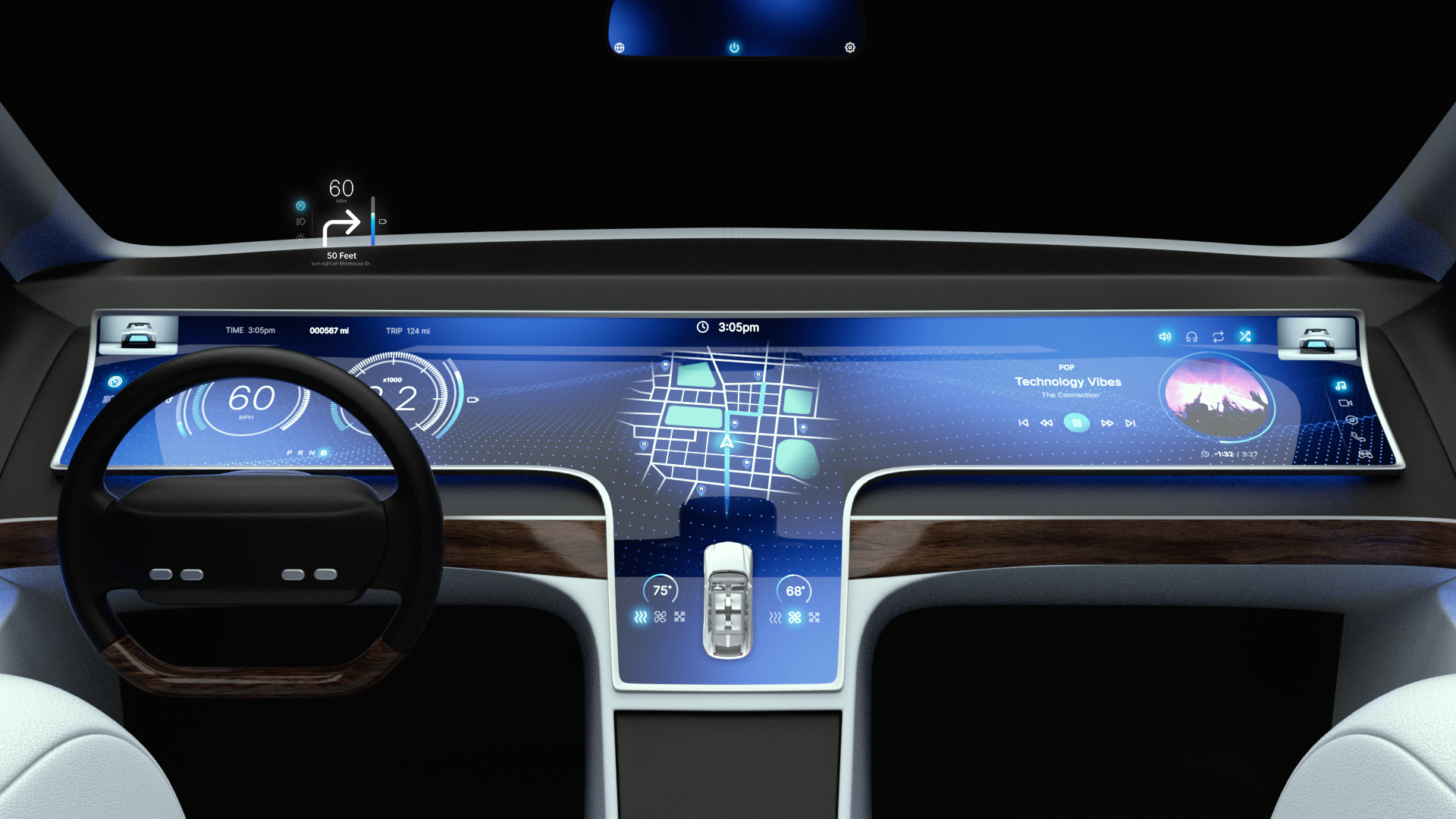Hello!
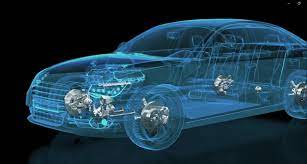 The car industry is a power and performance giant that is always changing. Automotive automation, like most other areas of technology, has evolved dramatically over the previous century, and with one innovation motivating the next, new advancements arise on a regular basis.
The car industry is a power and performance giant that is always changing. Automotive automation, like most other areas of technology, has evolved dramatically over the previous century, and with one innovation motivating the next, new advancements arise on a regular basis.
Top Automobile Innovations of All Time
Looking at today’s supercars with outstanding automotive design, it’s difficult to realize they’re descended from the creaky steam-powered carts of the late 1800s. Though the contrast is noticeable at first, the connection between these distant relatives becomes clear when one hears about the advancements that have taken those rickety carts along the path to superstardom. So, what are those giant innovations that shaped the way the car looks like today?
Global Positioning System (GPS) and Electronic Maps
Getting lost on a ride was formerly a severe and prevalent problem. This difficulty has been almost solved due to the widespread usage of the Global Positioning System (GPS) and electronic maps in autos nowadays. Today’s electronic mapping technology is a technical wonder that allows individuals to go to practically any place without getting lost. Today’s high-tech automobiles have massive touchscreen displays that put GPS navigation squarely in their line of sight. Even better, many GPS systems now send orders to drivers, instructing them on when to turn and which exits to take off the highway to safely reach their destination. Nobody could have foreseen this luxury even 15 years ago.
Run Flat Tyres
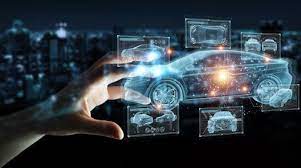 The introduction of run-flat tires is one of the most significant tire improvements in terms of safety. Run flat technology, which is now included in virtually all tyres, allows tyres to retain some air and continue to function after being punctured. Granted, the car must be driven at a low pace and can only go a limited distance, but in most cases, this is sufficient to safely transport passengers to a garage for necessary repairs. This has reduced the number of persons changing tyres on the side of the road and saved numerous drivers money on towing. It has also enhanced safety and eliminated tyre blowouts, which were formerly prevalent.
The introduction of run-flat tires is one of the most significant tire improvements in terms of safety. Run flat technology, which is now included in virtually all tyres, allows tyres to retain some air and continue to function after being punctured. Granted, the car must be driven at a low pace and can only go a limited distance, but in most cases, this is sufficient to safely transport passengers to a garage for necessary repairs. This has reduced the number of persons changing tyres on the side of the road and saved numerous drivers money on towing. It has also enhanced safety and eliminated tyre blowouts, which were formerly prevalent.
Key Fobs
Key fobs are now commonplace and can perform anything from unlocking doors to activating the horn and lights if you leave your car in a parking lot. In some cases, they also remember how you like your seat and mirror and adjust them appropriately. Almost everyone nowadays utilizes a key fob to unlock and lock their vehicle. All automobiles have key fobs, which eliminate the need for users to remember where they parked their car and use a key to access the door. Key fobs have also become a vital safety tool, since they may set off car alarms if a person is robbed or attacked in a parking lot or garage.
Electric Engines
Electric engines are the automobile industry’s future, and more vehicles are equipped with them all the time. What began a decade ago with hybrid gas and electric engines is now progressing to pure electric engines capable of powering a car without the need for any fuel or diesel. It is supposed to save drivers money while also reducing pollution and halting the flow of greenhouse gases considered to cause climate change. While many automotive analysts dismissed hybrid engines when they initially appeared, electric engine research has only grown and improved in recent years — to the point where they are now becoming the standard in automobiles.
Airbags
 Car safety has increased with each generation. Airbags are one of the most remarkable safety advancements in history. They are, however, a comparatively new idea. Airbags became widely used in the late 1980s, and at first, only the driver of a car was equipped with an airbag that was released in the case of an accident or on impact. However, when it became obvious that airbags were extremely successful in saving lives, their use spread and eventually included the front passenger.
Car safety has increased with each generation. Airbags are one of the most remarkable safety advancements in history. They are, however, a comparatively new idea. Airbags became widely used in the late 1980s, and at first, only the driver of a car was equipped with an airbag that was released in the case of an accident or on impact. However, when it became obvious that airbags were extremely successful in saving lives, their use spread and eventually included the front passenger.
Power Steering and Power Brakes
Many drivers used to breathe heavily when turning the steering wheel in their automobile, and utilising the brakes provided folks a terrific exercise in their calf muscles. The introduction of “power systems” has made steering and braking easier than ever before. In theory, power steering has always existed. However, they were deemed too expensive to be put in every car and made available to the general public at the time. It took until 1951. On its Imperial model, Chrysler produced the first passenger automobile with power steering. The new power steering systems, marketed as “Hydraguide,” took the automotive industry by storm. Power steering is attributed to making automobiles more user-friendly and accessible to consumers.
Anti-Lock Brakes
The anti-lock braking system is another important safety element. Automobile manufacturers had been experimenting with electrical braking systems for quite some time, but none had been able to market the technology. Anti-lock Braking Systems (ABS) did not become the new norm in the worldwide auto industry until the first ABS were installed on production vehicles. Computerized braking systems assist drivers in maintaining vehicle control when stopping and stabilize vehicles, preventing them from rolling over on contact. This breakthrough transformed the car industry, and ABS is now standard in all makes and models.
Automatic Transmissions
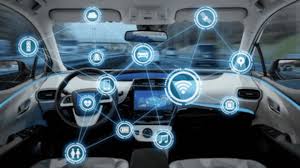 Manual gearboxes with clutch pedals and manual gear shifting are still available, although they have been mainly supplanted by automatic transmissions that shift gears electrically and automatically for drivers. Automatic transmissions have been around since General Motors created the “Hydra-Matic”, the first mass-produced automatic transmission that made it easy for people all over the world to drive and learn to drive. GM marketed their initial automatic gearbox vehicles as the “World’s Simplest, Easiest Way to Drive!” Most individuals nowadays have never driven a manual gearbox automobile or learned how to operate a clutch pedal. While some drivers believe that “driving a stick” is the only way to drive a car, the majority prefer the ease of automatic gearboxes.
Manual gearboxes with clutch pedals and manual gear shifting are still available, although they have been mainly supplanted by automatic transmissions that shift gears electrically and automatically for drivers. Automatic transmissions have been around since General Motors created the “Hydra-Matic”, the first mass-produced automatic transmission that made it easy for people all over the world to drive and learn to drive. GM marketed their initial automatic gearbox vehicles as the “World’s Simplest, Easiest Way to Drive!” Most individuals nowadays have never driven a manual gearbox automobile or learned how to operate a clutch pedal. While some drivers believe that “driving a stick” is the only way to drive a car, the majority prefer the ease of automatic gearboxes.
Seat Belts
They are largely recognized as the greatest safety devices in vehicle history, and they are now legally mandated to be worn. However, there was a period when automobiles did not come standard with seat belts, and another time when they were an optional feature for drivers. Seat belts reduce the risk of fatal injury to front-seat occupants by 45 percent and the chance of moderate-to-critical injury by 50 percent, according to current data. It’s hardly surprising, then, that seat belts are now required by law practically everywhere in the world.
Gasoline Engine
While electric engines are becoming more common in automobiles, the gasoline engine has been around for almost 100 years. Nonetheless, the gasoline engine was not the first kind of engine utilised in automobiles. The first engine utilised was one driven by steam. Then the internal combustion engine powered by gasoline took control and gave birth to the modern vehicle. Surprisingly, the gasoline engine hasn’t changed all that much throughout the years. Despite all of the various advances introduced to automobiles, basic engine design has stayed substantially consistent. Internal combustion engines drove the evolution of the automobile and transported generations of drivers.
Top Car Innovations of the XXI century
Lane Keep Assistant
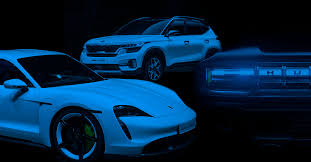 This is one of the most recent technologies to be included in automobiles, and the lane-keeping assistance function is without a doubt one of the greatest yet. If you are used to lengthy travels or driving at night, the lane-keep assist aids you in being safe on the road at all times. The car’s system software allows it to stay centered in the lane while going forward. This system employs steering and brakes to maintain the car inside the driving lane lines and prevents it from crossing them. When the wheels begin to cross the lines, the lane-keep assistance system kicks in and corrects the situation so that the car remains centered and safe.
This is one of the most recent technologies to be included in automobiles, and the lane-keeping assistance function is without a doubt one of the greatest yet. If you are used to lengthy travels or driving at night, the lane-keep assist aids you in being safe on the road at all times. The car’s system software allows it to stay centered in the lane while going forward. This system employs steering and brakes to maintain the car inside the driving lane lines and prevents it from crossing them. When the wheels begin to cross the lines, the lane-keep assistance system kicks in and corrects the situation so that the car remains centered and safe.
Automated Parking
There isn’t a single driver who can say they haven’t had difficulty parking their automobile. As a result, automated parking was one of the most innovative and beneficial technologies ever devised. It is now one of the most sought-after technologies in the automobile industry. The automated parking option allows the driver to park their car nearly entirely autonomously, with the exception of the occasional brake when the driver is asked to do so. Today, more and more car manufacturers are incorporating automated parking technology into their vehicles, and prospective purchasers are going crazy about it.
Automatic Emergency Braking
Cars today are equipped with a myriad of sensors that can detect everything from road obstructions to the abrupt deceleration of a vehicle in front of you. Most automobiles may not have automated emergency braking technology yet. Driving an automobile requires you to be completely aware of your surroundings at all times, which is very hard to achieve with only two eyes. This is when the sensors come into play. This automated emergency braking system can inform you when anything is likely to collide with the vehicle or impede the car’s driving route by analyzing its surroundings. The sensors and onboard computer automatically activate and trigger the brakes, slowing or stopping the automobile before it collides with another car, pedestrian, animal, or obstruction in the road.
Automatic Liftgates
 Everyone has had difficulty when their hands are full and they need to open the liftgate to get groceries or other goods into the car. Car makers created the automated liftgate, which allows you to open the back door without physically touching it. There are sensors beneath the rear of the vehicle that can detect your foot, and all you have to do is wave it below to release the liftgate. While this function is really cool and useful in and of itself, it does not always operate with the first kick. To make loading your belongings even easier, manufacturers built a mechanism into the electronic key fob that detects your closeness and instantly opens the liftgate when you reach close enough.
Everyone has had difficulty when their hands are full and they need to open the liftgate to get groceries or other goods into the car. Car makers created the automated liftgate, which allows you to open the back door without physically touching it. There are sensors beneath the rear of the vehicle that can detect your foot, and all you have to do is wave it below to release the liftgate. While this function is really cool and useful in and of itself, it does not always operate with the first kick. To make loading your belongings even easier, manufacturers built a mechanism into the electronic key fob that detects your closeness and instantly opens the liftgate when you reach close enough.
AR Driving Experiences
While Augmented Reality test drives are becoming a new phase in the purchasing process, AR has been used in automobiles to simplify portions of information, such as speed limits with step-by-step guidance in the driver’s field of sight. Overall, AR combines safety and convenience by letting drivers focus on the road rather than crowded dashboards, entertainment screens, or navigational gadgets. For example, the first generation of Augmented Reality in cars frequently features heads-up displays (HUD), which have been shown to increase safety by displaying traffic warnings and congestion updates at eye level on the vehicle’s windshield.
Conclusion
The car industry is evolving every second of its existence, so it’s important to keep abreast of all the news. No matter if you are a regular driver, car manufacturer, or just somehow connected to the automotive world, the knowledge of all the hottest trends is giving you a strong advantage over your competitors. For those car manufacturers, who are considering implementing the latest technologies into their vehicles, it’s highly important to find a reliable partner for automotive software development services to stand out from those who are also planning or have already implemented the same thing.
Thank you!
Join us on social media!
See you!

